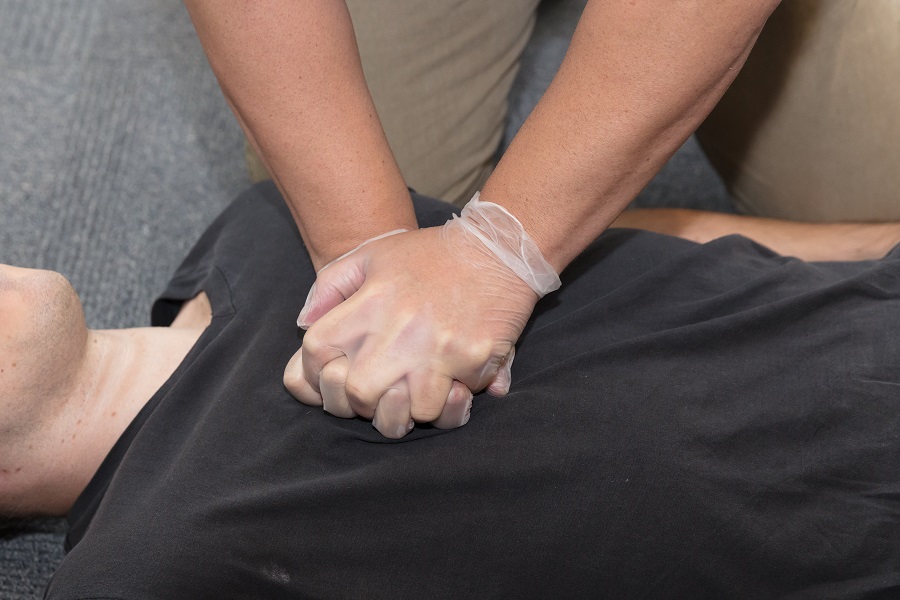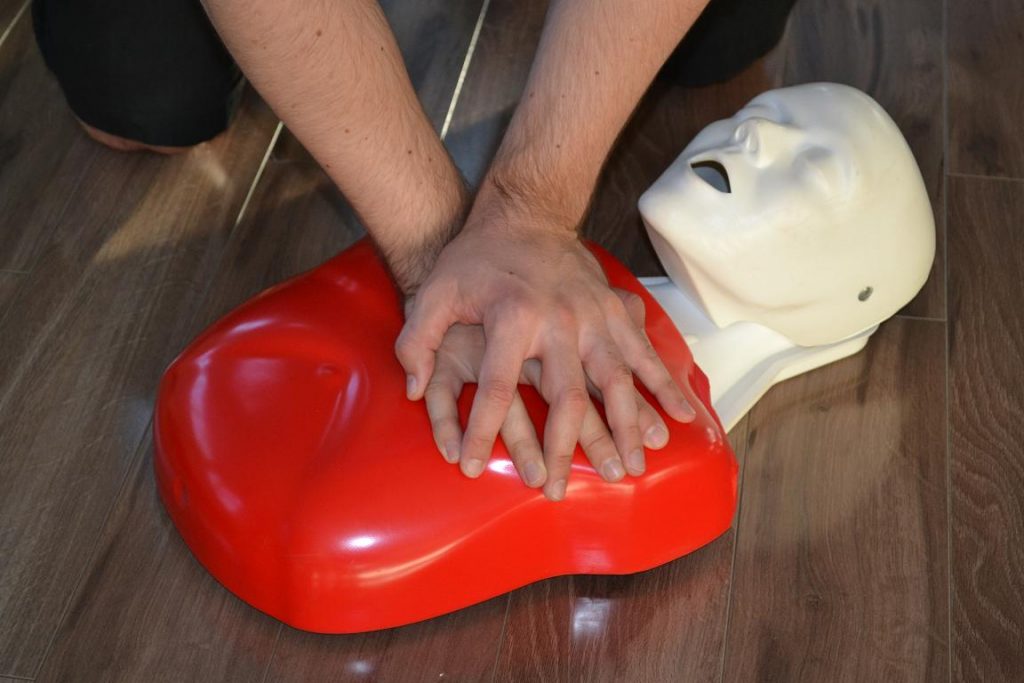A Vancouver woman performed CPR on her husband with the help of a 911 dispatcher. The only reason he was alive was the timely delivery of CPR before the arrival of the paramedics.
Life-saving intervention
When Carol Klock heard a thump from the shower, she thought her husband Jack had slipped and fallen. When no sounds came from down the hall in their home in Port Alberni, she got up and checked on him. When she pulled the shower curtain back, her husband was so pale.
The incident changed everything for the Klock family. Carol would like to thank the anonymous 911 dispatcher who answered her call. The dispatcher taught her CPR over the phone. Her husband, Jack, 79-years old is recovering from his heart attack at West Coast General Hospital and waiting for transport to a Victoria hospital to undergo further heart surgery.
The dispatcher taught her CPR over the phone. It was around 10 minutes that she performed CPR before the paramedics arrived. She could not lift Jack out of the bathtub so she was in the bathroom with him until the paramedics could lift him onto the floor.

The paramedics performed CPR for more than 45 minutes. Once his heart started again, the paramedics transported Jack to West Coast General Hospital in Port Alberni.
Cardiopulmonary resuscitation (CPR) is an essential skill that can save a life. If performed immediately, it significantly improves the chances of survival during emergencies.
Importance of first aid training
Cardiopulmonary resuscitation (CPR) and using an automated external defibrillator (AED) can save a life. Prompt delivery of life-saving techniques improves the chances of survival during emergencies.
For more information about this story, click here.
LEARN MORE
Learn how to be ready for emergencies by enrolling in our first aid and CPR course. Our courses maintain social distancing measures with reduced class sizes to maintain the minimum 2 meters apart along with the mandatory use of face masks and regular temperature checks. The venue of the courses undergo regular, enhanced cleaning and disinfection routines.
For more information, check out these sources:
https://www.mayoclinic.org/first-aid/first-aid-heart-attack/basics/art-20056679
https://www.healthline.com/health/first-aid/cpr
https://www.webmd.com/first-aid/cardiopulmonary-resuscitation-cpr-treatment

